
Ada Stewart, MD, reviews current guidelines, addresses patient hesitancy, and explains how HPV self-collection tests may expand screening options in primary care.


Ada Stewart, MD, reviews current guidelines, addresses patient hesitancy, and explains how HPV self-collection tests may expand screening options in primary care.

In honor of Gynecologic Cancer Awareness Month, Ada Stewart, MD, emphasizes the vital role of primary care in ensuring every eligible woman receives cervical cancer screening and follow-up care.

Ada Stewart, MD, discusses how HPV self-collection tests can expand cervical cancer screening options in primary care while addressing patient barriers and limitations.

Ada Stewart, MD, shares strategies for primary care physicians to reduce patient anxiety and improve comfort during cervical cancer screening exams.

Expert discusses when to start screening, available test options, and recommended intervals for women aged 21 to 65 years.

Your daily dose of the clinical news you may have missed.

Rural, low-income US counties with persistently low cervical cancer screening have almost twice the incidence and mortality compared with high-screening counties.

Your daily dose of the clinical news you may have missed.

Valid and accessible measures are needed to monitor low-value care practices and set benchmarks for de-implementation efforts, researchers reported.

Your daily dose of the clinical news you may have missed.

While smoking in the US continues to decline, the American Cancer Society reports mixed progress in major cancer risk factors, prevention, and screening.

Your daily dose of the clinical news you may have missed.
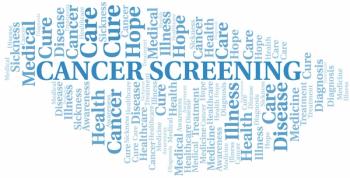
Cervical cancer screening rates remained below prepandemic levels, while rates for breast and colorectal cancers rebounded from pandemic declines.
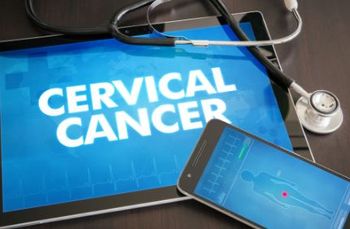
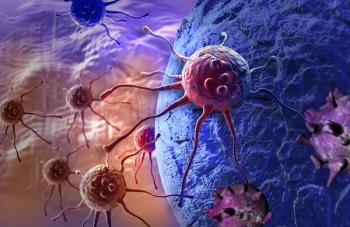
Over 4 million cancer deaths have been reverted since 1991, but new cancer cases are estimated to reach over 2 million, according to new data from an annual American Cancer Society report.

A combination of outreach measures tailored to the needs of rural Midwest women increased recommended screenings by as much as 6-fold.

An estimated 20million Americansare currentlyinfectedwith humanpapillomavirus (HPV). Assuch, HPV is now the mostprevalent sexually transmitteddisease (STD) in thiscountry. Answers to commonquestions like the onesabove are therefore of particularinterest to physicians.The issue of when and howto use testing for HPV hasbecome especially crucial.

A 32-year-old woman tells you that she has had generalized weakness;swelling of the face, arm, and legs; diffuse myalgias; and a facial rashfor several weeks. Her main concern is her inability to keep her arms elevatedor get out of bed. Her history is significant for cervical cancer.

A34-year-old woman presents to the emergency department(ED) with rapidly progressive dyspnea.The patient has a history of metastatic vaginal clearcell adenocarcinoma secondary to diethylstilbestrol exposurein utero. Following her diagnosis in 1990, she wastreated with surgery, chemotherapy, and radiation. Shehad done well for years until a recurrence of the cancer tothe left lung was found last year. She completed a courseof chemotherapy with doxorubicin hydrochloride andcisplatin 1 month ago.
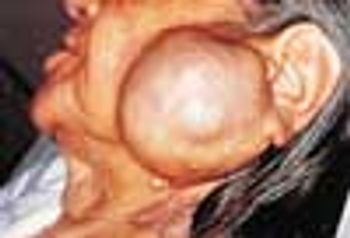
An 83-year-old woman-who had not visited a physician for 20 years-presented to the emergency department with a 1-day history of urinary retention and a 1-month history of gross vaginal bleeding. The mass on the left side of her face was a secondary finding.
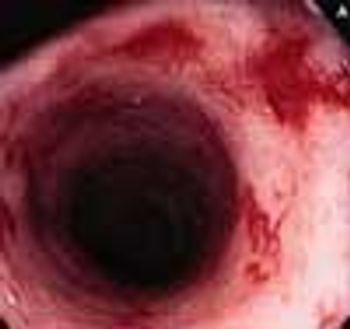
A 48-year-old woman was hospitalized following 10 days of rectal bleeding. One year earlier, she had undergone combined external-beam radiation and brachytherapy for stage IIIA carcinoma of the cervix. The patient was orthostatic and pale on admission, and her hemoglobin level was 6 g/dL. After receiving a transfusion of packed red cells, she underwent colonoscopy. Several telangiectases were seen in the rectum, the mucosa was friable, and blood oozed from one of the lesions.